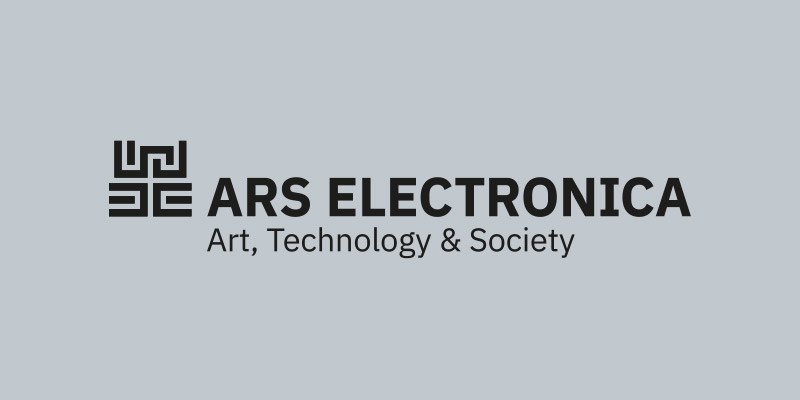Earth Science
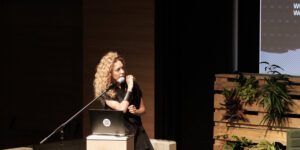
Spotlight by Giulia Foscari
Francesca Bria (IT) , Giulia Foscari (IT)
Die Architektin, Forscherin, Aktivistin und S+T+ARTS-Preisträgerin Giulia Foscari gibt Einblick in ihre künstlerische Arbeit, die sich im Spannungsfeld zwischen Kunst, Technologie und Wissenschaft bewegt: Antarctic Resolution wurde von Giulia Foscari / UNLESS konzipiert, um die globale Aufmerksamkeit auf eines der wenigen globalen Gemeingüter der Welt zu lenken und eine Interessenvertretung für den einzigen Kontinent ohne einheimische Bevölkerung zu begründen. Ihre Botschaft: Der Schutz der Antarktis, ist der Schutz unserer eigenen Spezies.
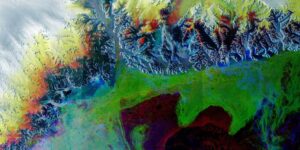
Fragility & Beauty – Earth from Space
Nils Sparwasser (DE), Robert Meisner (DE), Rupert Huber (AT)
Join us on a journey around the world with breathtaking satellite images of our planet. Robert Meisner (ESA) and Nils Sparwasser (DLR) show how beautiful, fragile and endangered our planet is and how we are changing the surface of the Earth at an unprecedented speed. Be fascinated by the possibilities of Earth observation satellites, which today permanently provide us with information about the state of our planet.
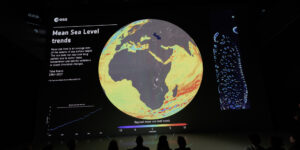
Taking the pulse of our planet from space
Simonetta Cheli (IT) , Robert Meisner (DE)
The view of the Earth from space is the only perspective that allows us to observe changes on our planet. To demonstrate the relevance and value of Earth observation in terms of environmental and socio-economic benefits, the journey takes us to current issues around climate change with a virtual presentation.

INVISIBLE SEAM
Siobhán McDonald (IE)
Siobhán McDonald untersucht die Partikel in der Luft und die im Boden vergrabene Materie vergangener Welten. In einer Erkundung des arktischen Permafrosts und der in diesem Depot erhaltenen Pflanzen verfolgt das Projekt die Geschichten von Generationen von Untergrundsystemen.
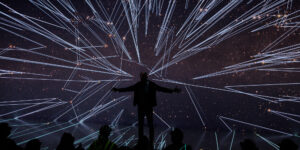
Superlative telescopes: In the desert and far behind the moon
Dr. Dietmar Hager — Stargazer Observatory (AT)
The well-known Hubble Space Telescope (HST) has reached its limits. Modern telescopes will have to work outside visible light to make new discoveries possible. The JWST (James Webb Space Telescope) is one of the successors. It will be supported by Earth-based telescopes, such as the Giant Magellan Telescope (GMT), which is currently being built in Chile. The talk reaches out from the HST to the JWST and the GMT and gives an idea of how new insights will revolutionize our understanding of space.
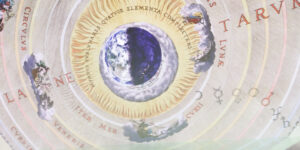
Searching for Planet B: How Astronomy Visualization and Remote Sensing Guide Us to Humanity’s Future
Dan Tell (US)
Thousands of years of increasingly precise measuring and modeling have revolutionized humanity’s understanding of the universe. We now know Earth is one of many planets, but it is uniquely habitable. The same research and techniques we use to understand these other worlds can help us understand what made Earth habitable in the first place and how we can restore and sustain this planet into the future.
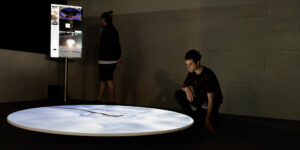
LIQUID SKY
Mauricio Lacrampette (CL), Santiago Valdivieso (CL), Diego Gajardo (CL), Lucas Margotta (CL)
Liquid Sky ist ein Ritual, bei dem die Interaktion zwischen dem Live-Bild des Atacama-Himmels, den Ars Electronica-Besucher*innen in Linz und einer Reihe von Maschinen, mechanischen Gesten und Datenströmen in einem Rhizom translokaler Rückkopplungen zusammengeführt wird. Die Unterscheidung zwischen Beobachter*in und Beobachtetem wird verwischt und es entsteht die Möglichkeit einer kollektiven Telekontemplation, die das fluktuierende Bild des Himmels als Mittel der globalen Begegnung nutzt.

